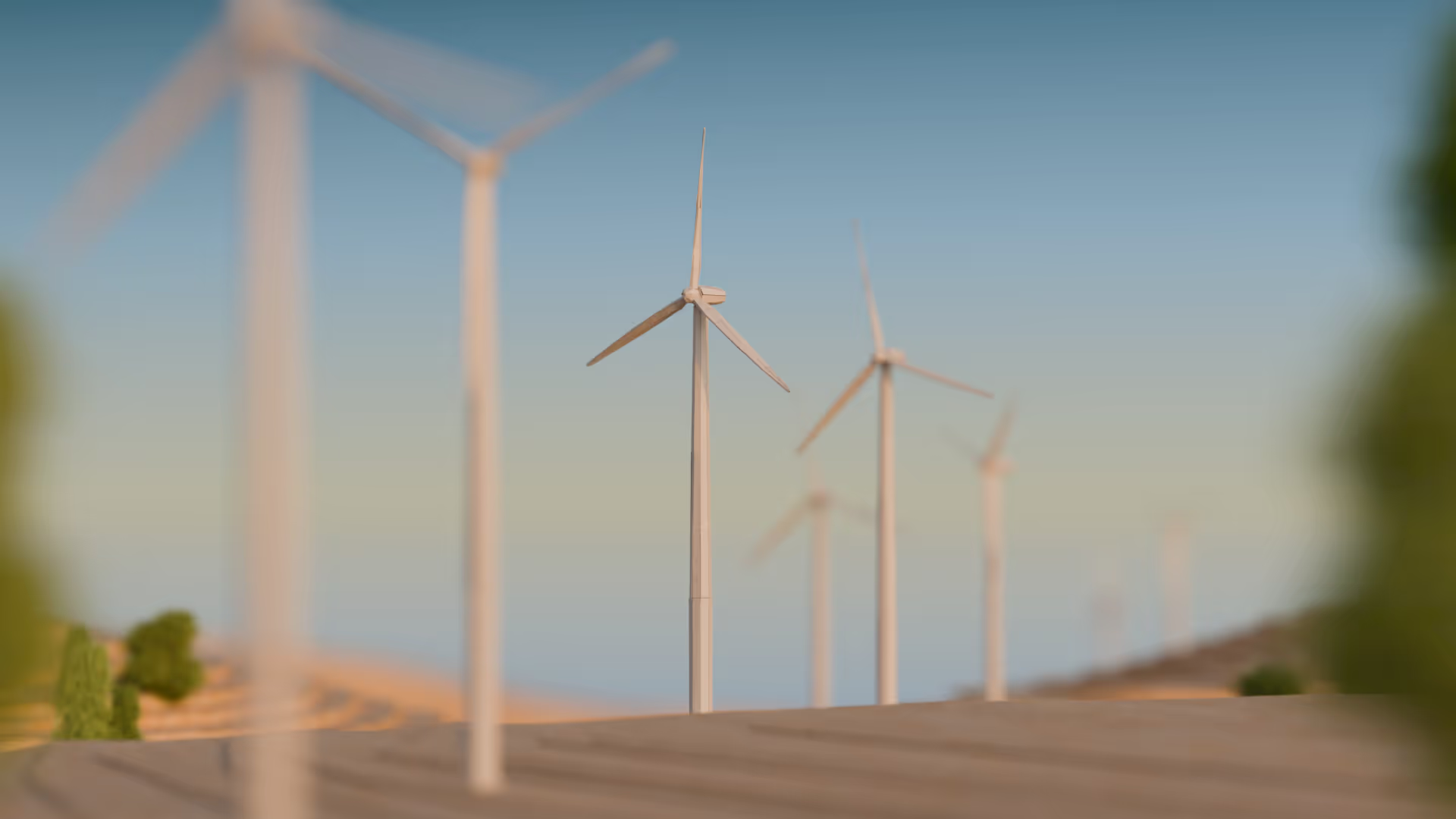Making our operations more sustainable
Environmental considerations are part of our decision making, reflect our commitment to operate sustainably, and demonstrate our responsibility to comply with all applicable environmental requirements.
We set ambitious goals for ourselves:
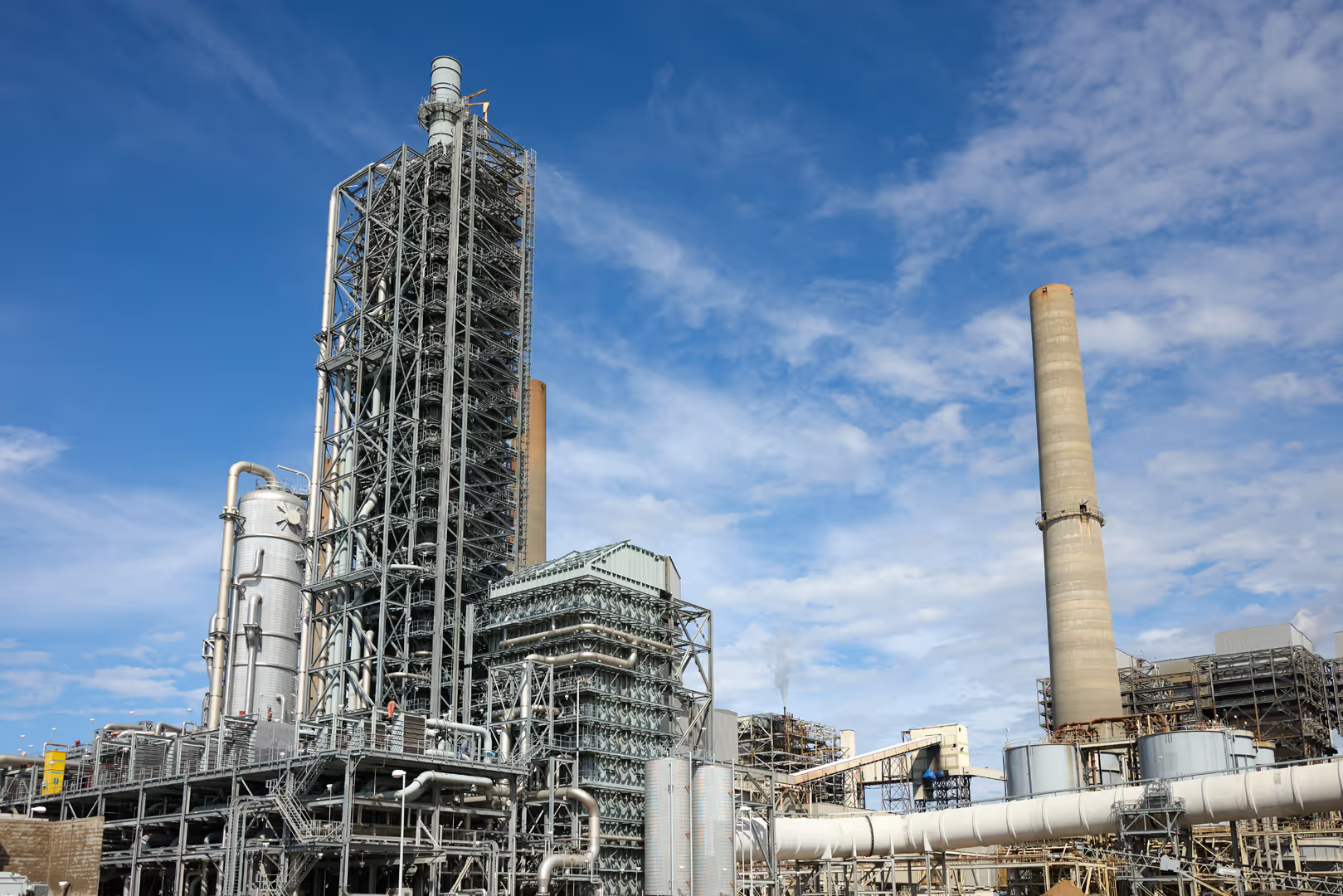
50% carbon emissions reduction by 2025[1]
[1] Compared with our 2014 base year
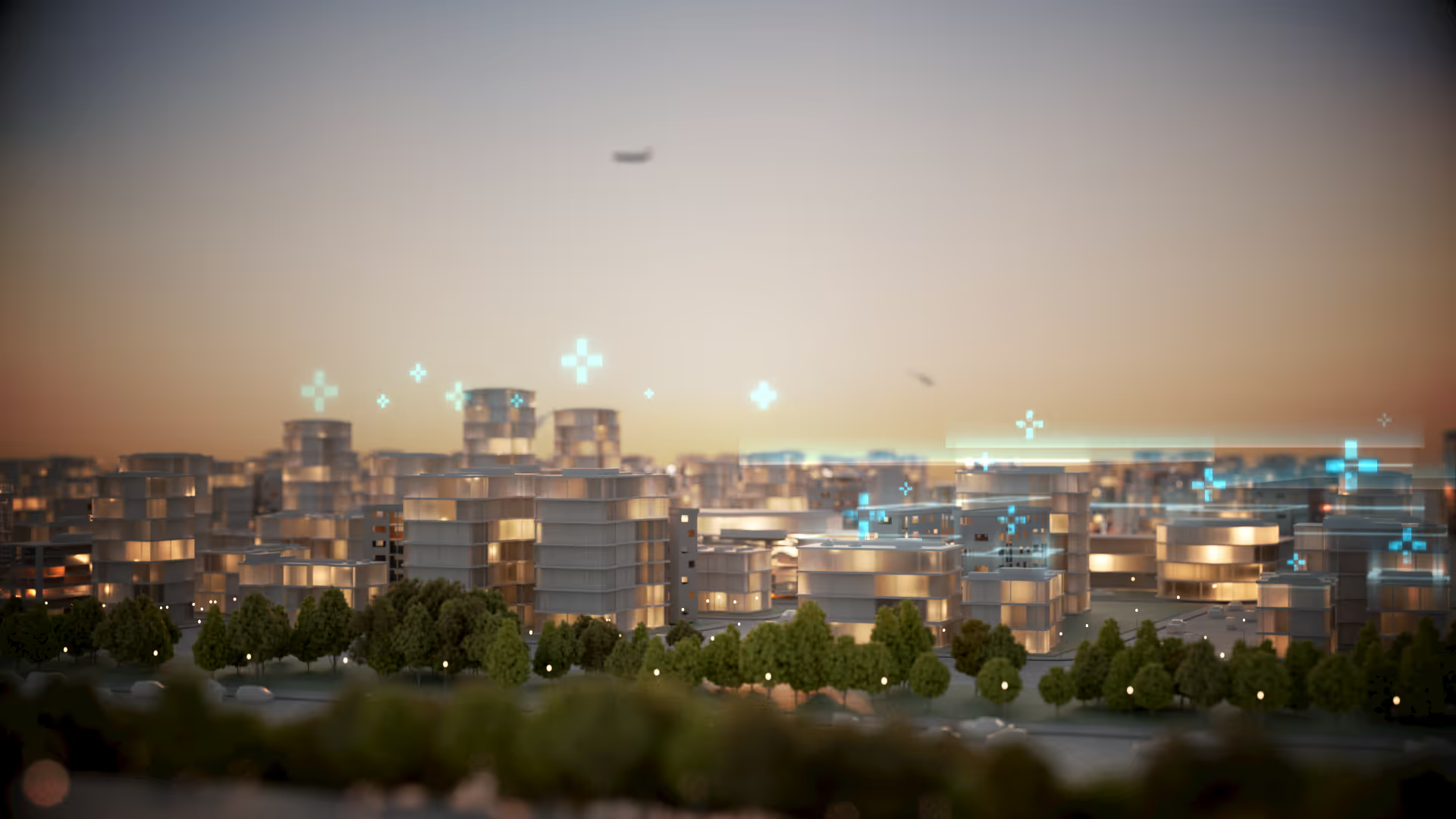
Net-zero carbon emissions by 2050[1]
[1] Our goal encompasses Scope 1, Scope 2, and the employee business travel portion of Scope 3 emissions. Our 2014 base year GHG emissions are recalculated annually according to The Greenhouse Gas Protocol: A Corporate Accounting and Reporting Standard.
Our progress
In both 2023 and 2024, NRG decreased carbon emissions and exceeded our goal of 50% reduction by 2025.
With 2014 as our benchmark, NRG's directly controlled CO2e emissions decreased from 58 million metric tons to 25 million metric tons, representing a cumulative 57% reduction over ten years. This decrease is largely attributed to reductions in fleet-wide annual net generation and an overall market-driven shift from coal to natural gas as a primary fuel for power generation.
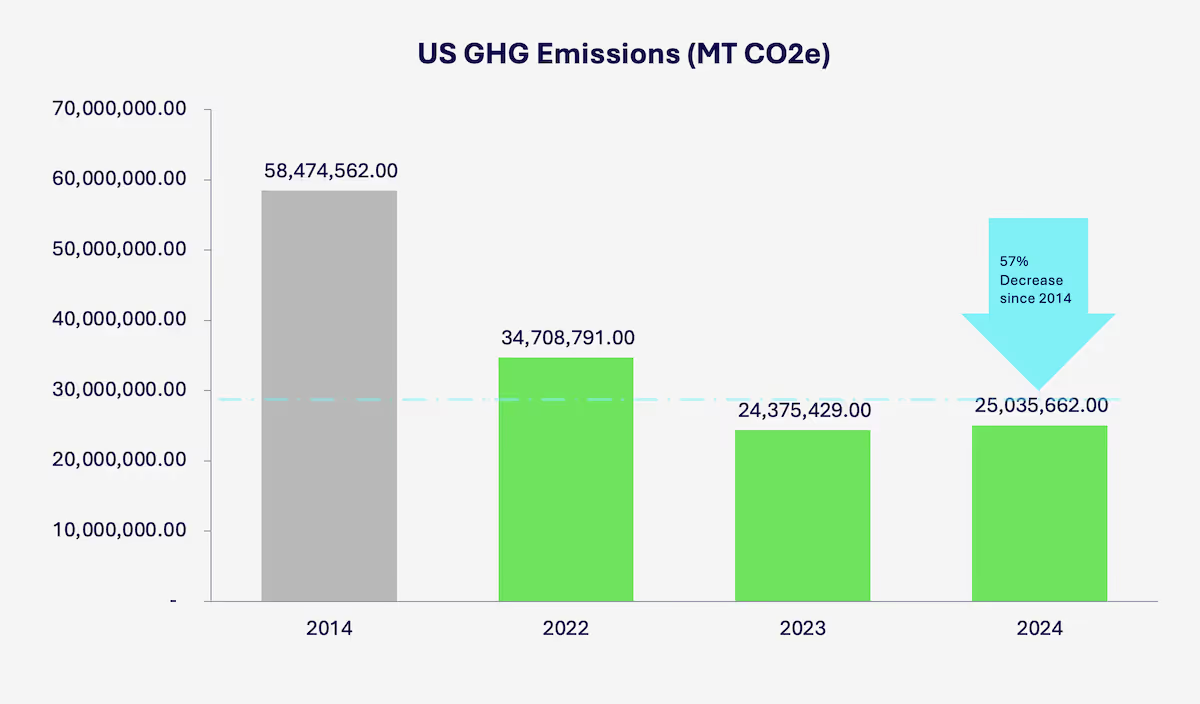
While we are thrilled about achieving our goal two years in a row, we also recognize our carbon reduction achievements could be impacted by volatility within the power markets, driven by market conditions and changes in regulatory policies. As we serve our customers during this time of power demand growth, we remain focused on reducing the carbon intensity of our generation fleet.
To provide clear measures of our environmental impact, NRG reports both revenue and generation carbon intensity metrics. Revenue carbon intensity shows our emissions relative to the Company's consolidated operating revenue. Since 2022, our revenue carbon intensity has decreased 19%, and it could continue to decrease as we look to expand our natural gas generation to meet growing electricity demand. As of December 31, 2024, less than 5% of our consolidated revenues came from coal-fired operating assets.[1]
[1] Page 19 of the NRG Energy, Inc. 2024 Form 10-K
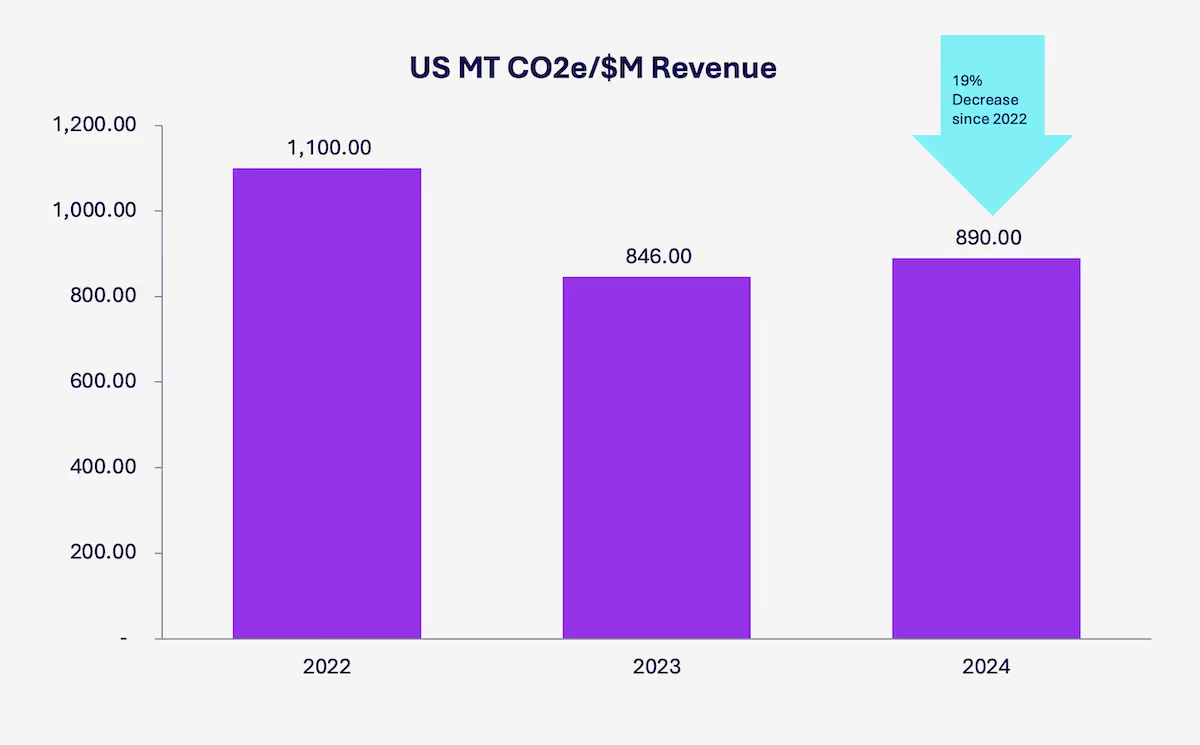
Since 2022, our U.S. generation carbon intensity decreased by 7%. This means that for each megawatt hour of energy NRG generated to meet customer needs, our carbon emissions were 7% less.[1]
[1] 2024 NRG ESG Data Download
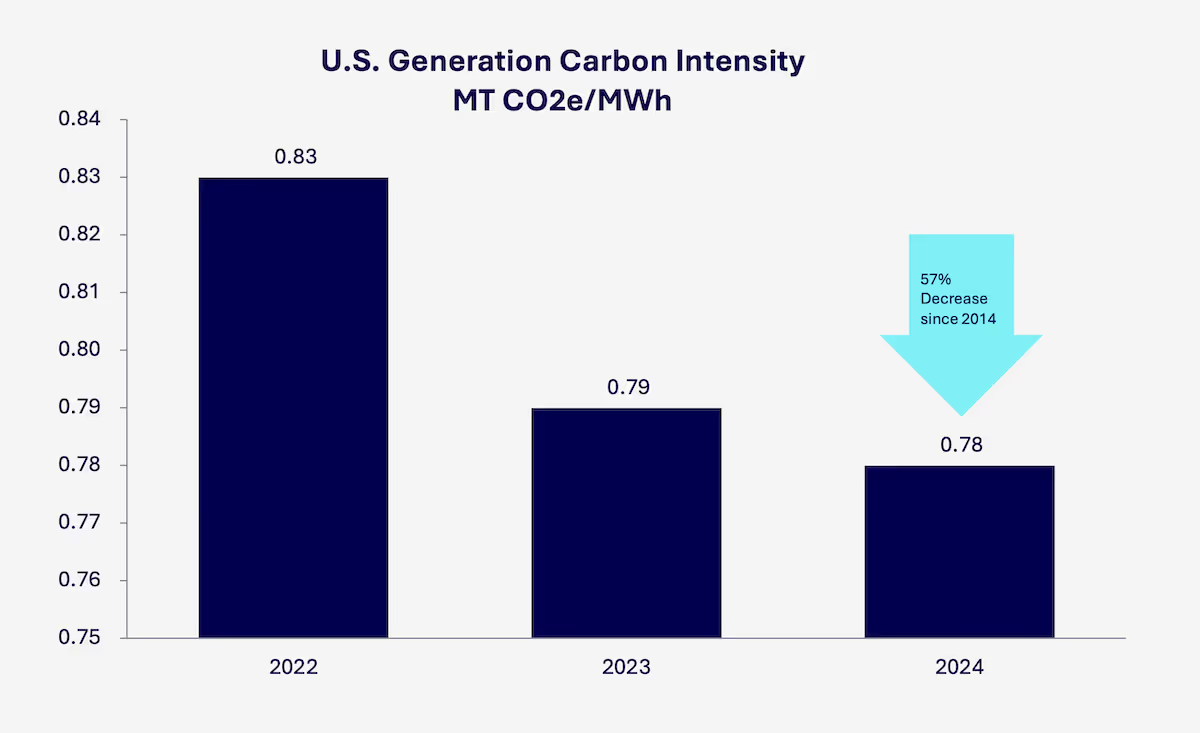

Supporting renewable energy development
Power Purchase Agreements (PPAs) are crucial for financing renewable energy projects. Knowing that our customers increasingly want sustainable energy solutions, we partner with developers to bring new renewables to the grid through medium and long-term PPAs.
Our progress
By the end of 2024, NRG signed agreements for 1.9 GW of renewable power capacity through these PPAs, which were all operational as of December 31, 2024.[1] The average remaining tenure of these agreements is nine years. We expect to continue pursuing mid to long-term PPAs that support our business needs and our customers' objectives.
[1] Per page 50 of the NRG Energy, Inc. 2024 Form 10-K
The total GW entered into through Renewable PPAs may be impacted by contract terminations when they occur.
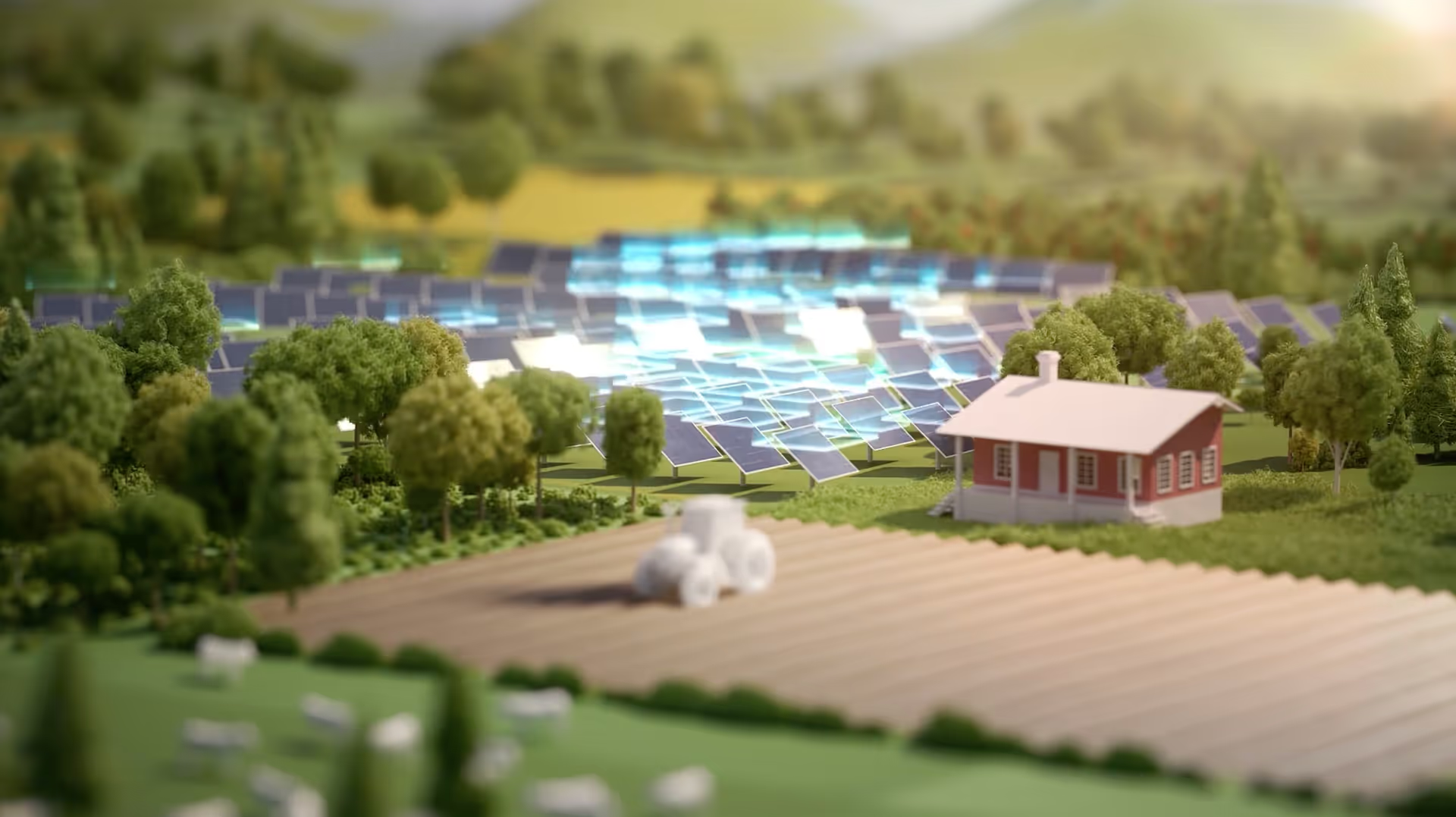
Offering sustainable options for customers
As our world becomes increasingly electrified and technologically interconnected, consumers have unprecedented opportunities to manage energy usage more flexibly. A central part of our approach is adding value in ways they never knew possible — we're staying ahead of the curve with smarter, more efficient energy options.
Our teams identify customer needs and market opportunities and collaborate with internal and external partners to implement solutions that address sustainability challenges.
Sustainability advisory
Our sustainability advisory group educates commercial and industrial customers on how to reach their sustainability goals by providing insight into their carbon footprint, helping them to decide the appropriate way to access renewable energy, as well as the tools available for benchmarking and reporting. This team helps customers establish a solid strategy, navigate the evolving clean energy landscape, understand the Environmental, Social, and Governance implications of the energy they use, and improve business performance.
Lower carbon products
Our renewable and product innovation team works to bring new products to market like:
- Renewable Natural Gas (RNG)
- Certified Natural Gas (CNG)
- Renewable energy credits (RECs)
- Carbon offsets
Natural gas is an important part of the energy transition, so we're focused on offering differentiated gas products to households, businesses, and state and local governments. We also help reduce the carbon impact of energy consumption by offering high-quality RECs and carbon offsets.

Unlocking the sustainability potential of VPPs
Flexible energy demand refers to adjusting or shifting electricity usage to help balance supply and demand and support a more stable power grid, which is why NRG continues to invest in and grow Virtual Power Plants (VPPs). Consuming less not only helps reduce environmental impacts from consumption, it also offsets energy costs and rewards customers for redistributing energy during peak demand times.
Long story short? Lower power usage can mean lower bills, less strain on the grid, and less environmental impact.
Through our combined business and residential VPP options, we are accelerating this shift toward a more demand-driven model.
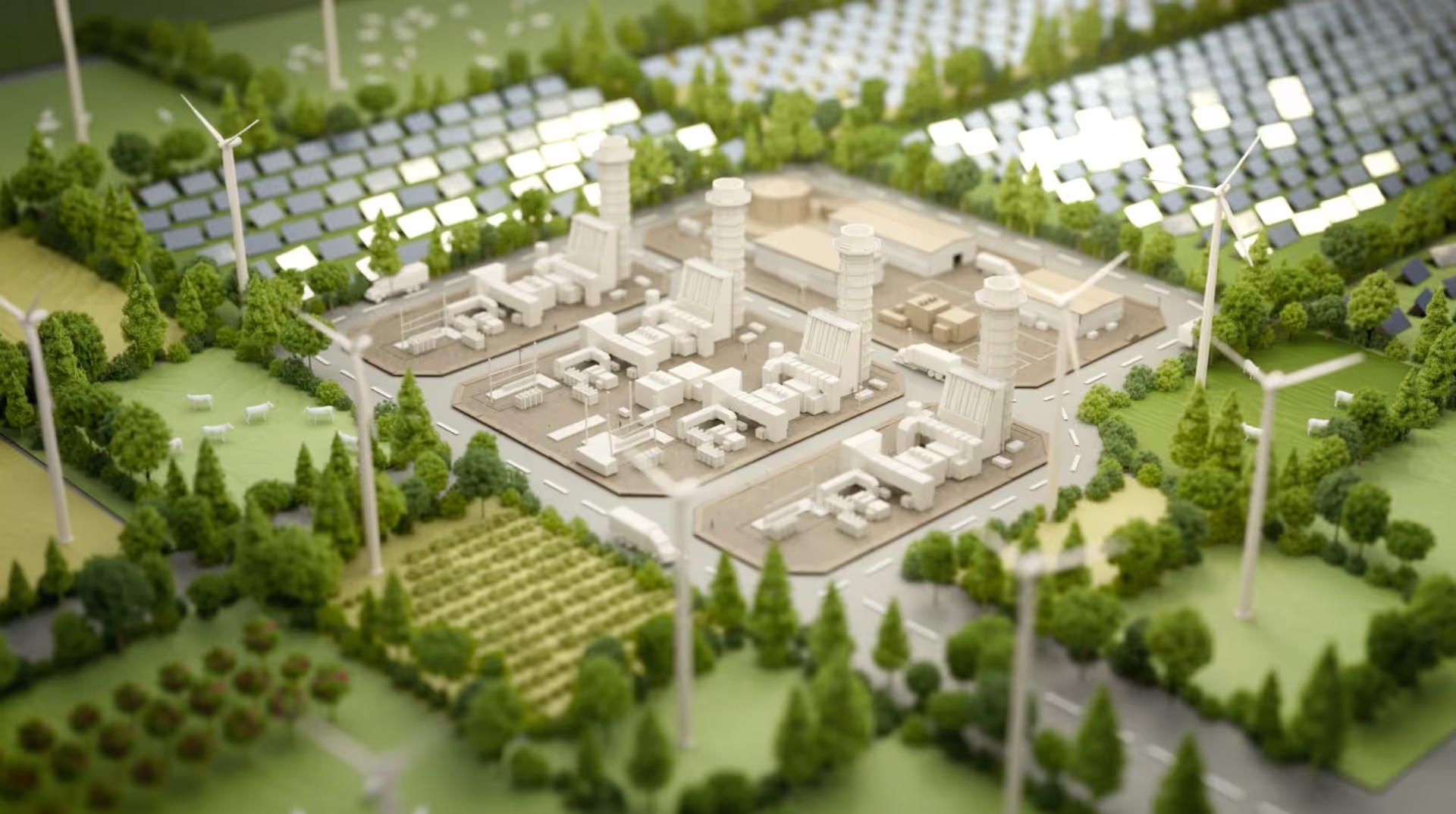
Commercial and Industrial (C&I) VPP
NRG has longstanding experience with flexible energy demand response programs. Our ultimate goal with C&I VPPs is to transform unused energy into a business asset with real value and environmental benefits and we see opportunity ahead in this space
Our Progress
NRG manages a number of demand response programs as part of C&I VPP for commercial and industrial customers, including in the Northeast and Texas
- In early 2024, we celebrated five years of our Demand Response Customer Recognition program.
- We manage 2GW of C&I VPP
We're looking to grow in this area and we're excited for future opportunities.

Home VPP
With smart home technology, residential customers can easily control their thermostat, lighting, appliances, electric vehicle (EV) charging, and other in-home devices from anywhere via a single app. This growing network of smart devices will make VPPs more flexible, scalable, and effective at integrating renewable energy into the grid. The collective impact of thousands or millions of households equals significant sustainability potential. VPPs represent the future of energy — smarter, cleaner, and more resilient.
Our Progress
In November, NRG teamed up with Renew Home and Google Cloud to advance our residential VPP capabilities. By leveraging NRG's consumer reach and supply management expertise, Renew Home's residential energy management capabilities, and Google's advanced AI and cloud technology, the partnership intends to scale a 650-megawatt AI-powered VPP by 2030 and a 1 GW VPP in Texas by 2035 – all supported by Google Cloud.by Google Cloud.
As part of the program, NRG, with Renew Home, will provide eligible Texas customers with Vivint and Nest smart thermostats, professionally installed at no cost through NRG's retail electricity providers and plans. These advanced thermostats make subtle, automatic HVAC adjustments shifting energy use to times when electricity is less constrained, less expensive, and cleaner—all while maintaining comfort.
The estimated capacity of a 1GW virtual power plant is equivalent to the output of one of these:
- 12 gas-powered peaker plants
- 294 wind turbines
- ~1.9M solar panels
Sustainability has been a priority for NRG for over a decade.
We see the sustainable potential of energy and home services and we're working to improve our operations and help our customers achieve their goals so, together, we can move the energy transition forward.
Check out our fifteen years of progress.
